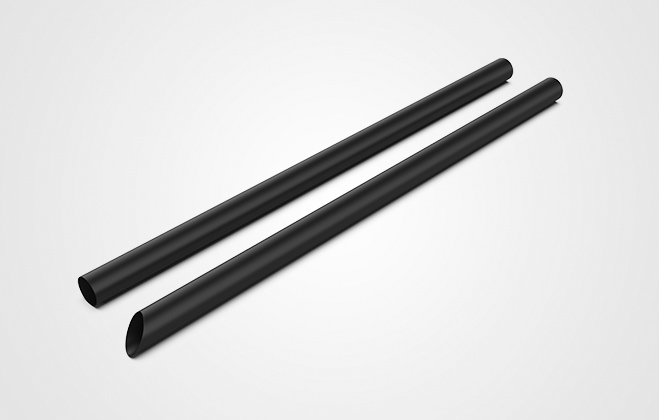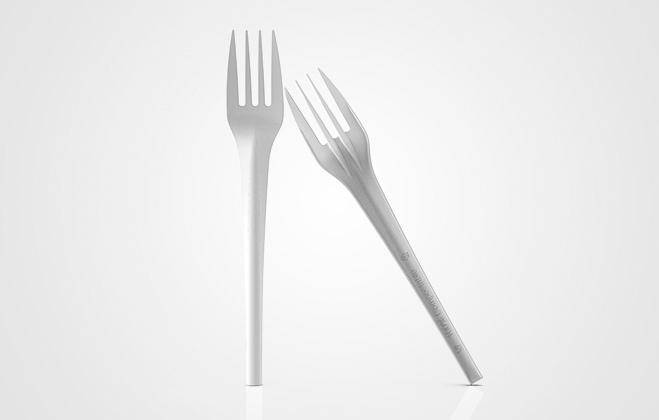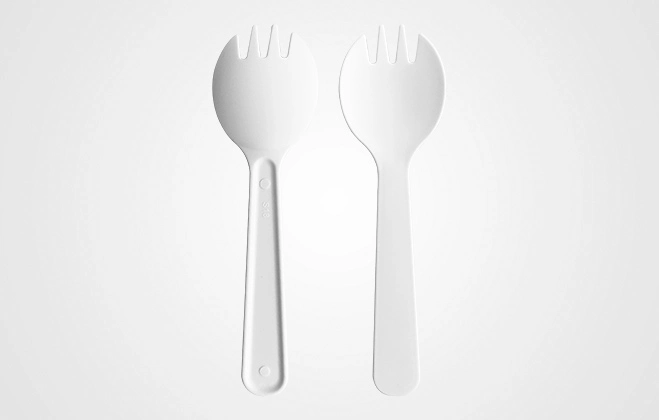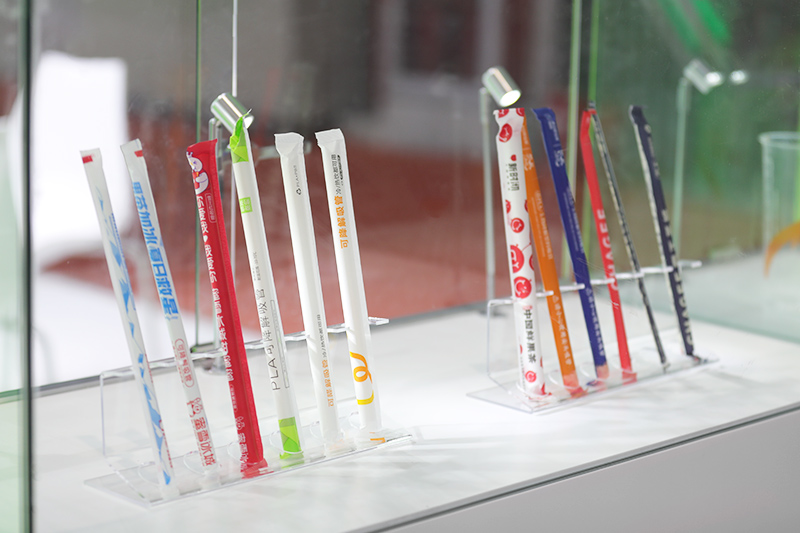In recent years, there has been a growing concern about the environmental impact of plastic straws. As a result, many companies and individuals have been searching for alternative options that are more eco-friendly. One such alternative is PLA straws. But what exactly are PLA straws, and is it true that they are biodegradable? In this blog post, we will explore the topic of PLA straws and determine their biodegradability.
Firstly, let's understand what PLA straws are. PLA stands for polylactic acid, which is a biodegradable and bioactive thermoplastic. PLA is derived from renewable resources such as corn starch, sugar cane, or cassava roots. As a result, PLA straws are often considered an environmentally friendly alternative to traditional plastic straws. However, the question remains - are PLA straws truly biodegradable?
The answer is both yes and no. PLA straws have the potential to be biodegradable, but it ultimately depends on the specific conditions they are exposed to. In a controlled composting environment, PLA straws will break down naturally and decompose within a certain time frame. However, in a regular landfill or marine environment, PLA straws may not degrade as rapidly, if at all.
The biodegradability of PLA straws is influenced by various factors such as temperature, oxygen levels, and microbial activity. Under optimal conditions, such as in industrial composting facilities, PLA straws can degrade within 3 to 6 months. These facilities provide the necessary temperature and microbial activity to break down PLA efficiently. Nevertheless, it is important to note that not all composting facilities accept PLA straws, so proper disposal methods should always be followed.
On the other hand, when PLA Biodegradable straws wholesale end up in regular landfills or marine environments, their biodegradability is significantly hindered. Landfills are designed to limit the exposure of waste to oxygen, which slows down the decomposition process. As a result, PLA straws may persist in landfills for many years, contributing to the overall plastic waste problem. Similarly, in marine environments, PLA straws may break down at a much slower rate or not at all, posing a threat to marine wildlife and ecosystems.
To properly dispose of PLA straws, the best option is to send them to certified composting facilities. These facilities have the necessary infrastructure and conditions to ensure the speedy and efficient degradation of PLA straws. If composting facilities are not accessible, the next best option is to dispose of PLA straws in regular waste bins. While they may not degrade as quickly as in composting, they have a smaller carbon footprint compared to traditional plastic straws.
In conclusion, PLA straws have the potential to be biodegradable. However, their biodegradability is highly dependent on the disposal methods and conditions they are exposed to. When sent to certified composting facilities, PLA straws can break down within a few months. However, in regular landfills or marine environments, their degradation may be significantly slowed down. Nevertheless, PLA straws still offer a more sustainable alternative to traditional plastic straws. Being derived from renewable resources, they contribute to reducing the consumption of fossil fuels and lowering greenhouse gas emissions. So, while PLA straws may not be entirely biodegradable in all scenarios, they are undeniably a step in the right direction towards a greener future.
You may also like:
Sustainable coffee cups wholesale
Biodegradable cups wholesale
Compostable coffee capsules
Boba tea cups wholesale
Compostable coffee stirrers
 English
English 日本語
日本語 한국어
한국어 français
français Deutsch
Deutsch Español
Español русский
русский português
português العربية
العربية ไทย
ไทย Malay
Malay


















.jpg)

